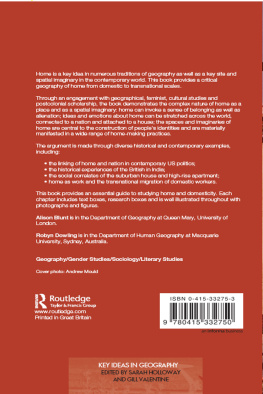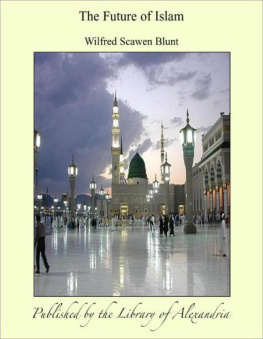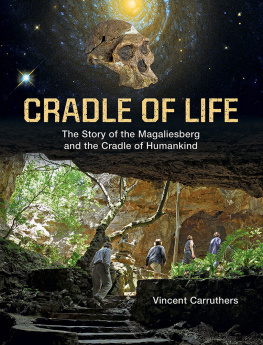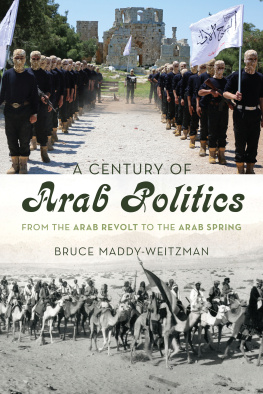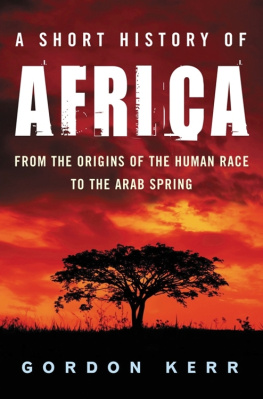Blunt - A Pilgrimage to Nejd, the Cradle of the Arab Race. Vol. 2 [of 2]
Here you can read online Blunt - A Pilgrimage to Nejd, the Cradle of the Arab Race. Vol. 2 [of 2] full text of the book (entire story) in english for free. Download pdf and epub, get meaning, cover and reviews about this ebook. year: 2021, publisher: Musaicum Books, genre: Detective and thriller. Description of the work, (preface) as well as reviews are available. Best literature library LitArk.com created for fans of good reading and offers a wide selection of genres:
Romance novel
Science fiction
Adventure
Detective
Science
History
Home and family
Prose
Art
Politics
Computer
Non-fiction
Religion
Business
Children
Humor
Choose a favorite category and find really read worthwhile books. Enjoy immersion in the world of imagination, feel the emotions of the characters or learn something new for yourself, make an fascinating discovery.

- Book:A Pilgrimage to Nejd, the Cradle of the Arab Race. Vol. 2 [of 2]
- Author:
- Publisher:Musaicum Books
- Genre:
- Year:2021
- Rating:4 / 5
- Favourites:Add to favourites
- Your mark:
- 80
- 1
- 2
- 3
- 4
- 5
A Pilgrimage to Nejd, the Cradle of the Arab Race. Vol. 2 [of 2]: summary, description and annotation
We offer to read an annotation, description, summary or preface (depends on what the author of the book "A Pilgrimage to Nejd, the Cradle of the Arab Race. Vol. 2 [of 2]" wrote himself). If you haven't found the necessary information about the book — write in the comments, we will try to find it.
Blunt: author's other books
Who wrote A Pilgrimage to Nejd, the Cradle of the Arab Race. Vol. 2 [of 2]? Find out the surname, the name of the author of the book and a list of all author's works by series.
A Pilgrimage to Nejd, the Cradle of the Arab Race. Vol. 2 [of 2] — read online for free the complete book (whole text) full work
Below is the text of the book, divided by pages. System saving the place of the last page read, allows you to conveniently read the book "A Pilgrimage to Nejd, the Cradle of the Arab Race. Vol. 2 [of 2]" online for free, without having to search again every time where you left off. Put a bookmark, and you can go to the page where you finished reading at any time.
Font size:
Interval:
Bookmark:

OUR PERSIAN CAMPAIGN.
AUTHOR OF THE BEDOUIN TRIBES OF THE EUPHRATES.
THE AUTHORS DRAWINGS.
JOHN MURRAY, ALBEMARLE STREET,
1881.
CHAPTER XII. |
PAGE |
Nejd horsesTheir rarityIbn Saouds studThe stables at HalSome notes of individual maresThe points of a Nejd headThe tribes in the Nefds and their horsesMeaning of the term NejdiRecipe for training |
CHAPTER XIII. |
Mohammed loses his headA ride with the EmirThe mountain fortress of AgdeFarewell to HalWe join the Persian HajWays and manners of the pilgrimsA clergyman of Medina |
CHAPTER XIV. |
We go in search of adventuresTaybetismAn hyena huntHow to cook locustsHawkingThe reservoirs of ZobeydehTales and legendsA coup de thtreMohammed composes a kasid |
CHAPTER XV. |
Muttlak Ibn Ark and the KetherinTheir horsesWe are adopted by the tribeThe Haj againAmbar sends round the hatA forced march of one hundred and seventy milesTerrible loss of camelsNejef |
CHAPTER XVI. |
The Shrines of the ShiasBedouin honestyLegend of the Tower of BabelBagdadOur party breaks up |
OUR PERSIAN CAMPAIGN. |
CHAPTER I. |
New plans and new preparationsWe leave Bagdad for PersiaWild boar hunting in the WudianA terrible accidentWe travel with a holy manCamps of the Beni LaamAn alarm |
CHAPTER II. |
We are betrayed into the hands of robbersGhafil and SaadunWe diplomatiseA march across No-mans-landNight terrorsWe claim protection of a Persian prince |
CHAPTER III. |
A prince in exileTea moneyRafts on the KherkaLast words with the Beni LaamKerim KhanBeautiful PersiaWe arrive at Dizful |
CHAPTER IV. |
Pleasures of town lifeThe Khanis courtBactiari shepherdsShustarIts palace, its river, and its gardenA telegraph clerk |
CHAPTER V. |
Illness and miseryA Persian escortThe Shahs Arab subjectsRam Hormuz and its nightingalesNight marchingDeserted villagesHow they collect taxes in PersiaBebahan |
CHAPTER VI. |
A last rush through the sunWe arrive at Dilam on the Persian GulfPolitics of the GulfA journey in extremisBashireThe End |
APPENDICES. |
Notes on the Physical Geography of Northern Arabia |
Historical Sketch of the Rise and Decline of Wahhabism in Arabia |
Memorandum on the Euphrates Valley Railway, and its Kindred Schemes of Railway Communication between The Mediterranean and the persian gulf |
Portrait of Mr. Blunt ( by Molony ) | Frontispiece |
PAGE | |
Ibn Rashids Mares | to face |
Hamd Ibn Rashid | |
Pilgrimage Leaving Hal | to face |
Edible Locust | |
Reservoir of Zobeydeh | to face |
Persian Pilgrims in Front of the Haj | |
Meshhed Ali | to face |
Ariel , an nazeh Mare | |
Canora | |
Shagran | |
Granite Range Of Jebel Shammar ( Effect of Mirage ) | to face |
Fortress Of Agde | to face |
Rock Inscriptions and Drawings in Jebel Shammar |
Font size:
Interval:
Bookmark:
Similar books «A Pilgrimage to Nejd, the Cradle of the Arab Race. Vol. 2 [of 2]»
Look at similar books to A Pilgrimage to Nejd, the Cradle of the Arab Race. Vol. 2 [of 2]. We have selected literature similar in name and meaning in the hope of providing readers with more options to find new, interesting, not yet read works.
Discussion, reviews of the book A Pilgrimage to Nejd, the Cradle of the Arab Race. Vol. 2 [of 2] and just readers' own opinions. Leave your comments, write what you think about the work, its meaning or the main characters. Specify what exactly you liked and what you didn't like, and why you think so.

